There are some time-honored recipes in the historic preservation cookbook. The most successful, and dare I say scrumptious, preservation medleys include an essential ingredient – survey. Survey in the historic preservation profession is like the flour in your favorite holiday desserts.
Without survey, many preservation projects are challenged to rise to a superior outcome, just like a cake. My mind just might be overflowing with visions of sugar plums and cookies this holiday season, so I’ll do my best to refrain from too many more baking similes while I share initial Year 1 outcomes from the PA SHPO’s Baseline Survey effort. I think you’ll be as excited about the results as we are!
Bountiful Benefits of Survey
PA SHPO maintains and administers Pennsylvania’s Historic Places Inventory. We have two survey programs to assist with identifying and recording older and historic places in Pennsylvania: Pennsylvania Above Ground Survey (PAGS) and Pennsylvania Archaeological Site Survey (PASS).
Identifying and documenting historic and archaeological resources is the foundation of the State Historic Preservation Office’s work. All our programs require identifying historic properties, from the National Register of Historic Places to environmental review, from incentive programs such as state and federal tax credits and grants to creating a boundary for a local historic district.
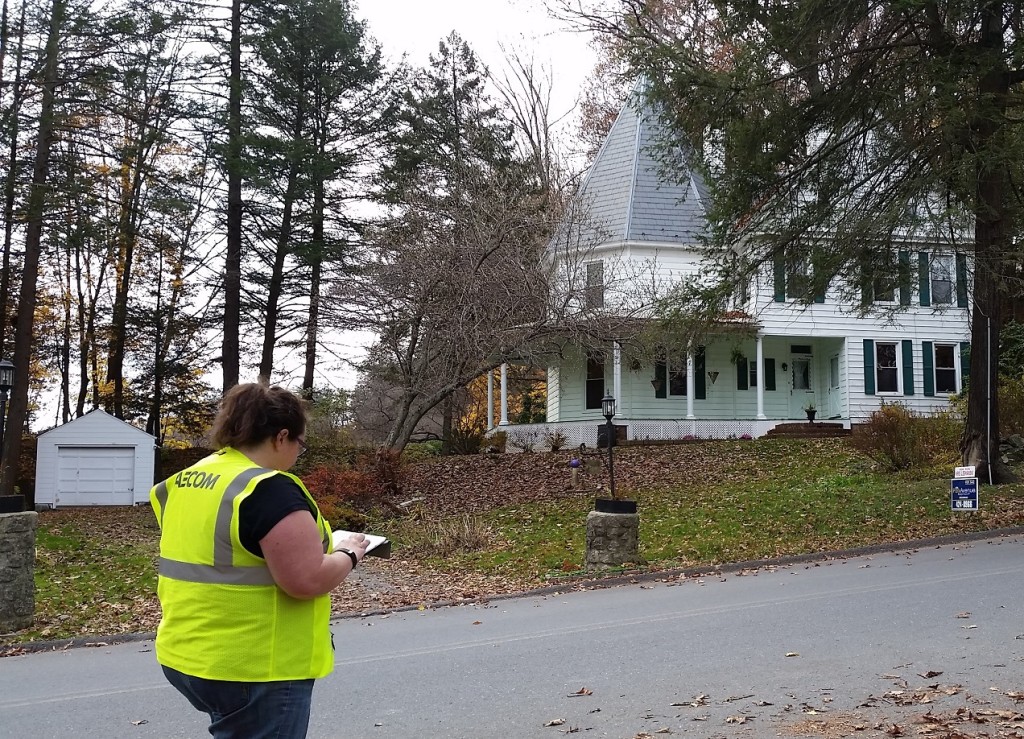
The Pennsylvania Historic Places Inventory helps our partners and the citizens of Pennsylvania understand how our commonwealth developed and evolved. Providing this information through a map-based inventory like PA-SHARE assists everyone in making informed decisions about future plans in Pennsylvania’s communities.
The benefits of collecting data on historic resources are numerous. Survey helps:
- facilitate cooperation among local, state, and federal government agencies in both preservation and community development activities;
- streamline environmental review of state and federal agency projects;
- serve as the basis of preservation plans and the development of local government tools to protect community assets;
- inform inventories of National Register historic districts, which can lead to the use of historic preservation tax credits to stimulate rehabilitation of historic buildings; and
- assist communities and organizations in their efforts to interpret and celebrate an area’s history.
Prepping for the Recipe
Since the 1980s there hasn’t been a comprehensive effort to further expand the Pennsylvania Historic Places Inventory. However with the launch of PA-SHARE earlier this year, we have new technology to expedite documentation of historic properties and make data available online. It has been four decades since the PA SHPO has undertaken a survey effort of this scale.
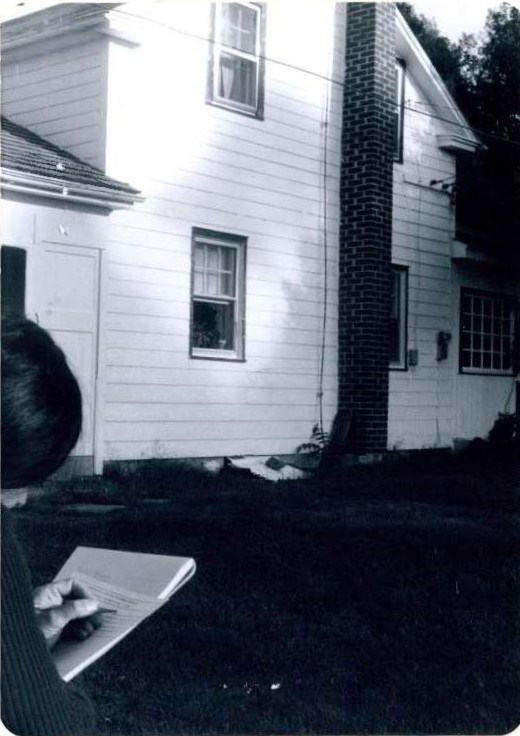
In 2020, PA SHPO initiated a multi-phased, 3-year project to collect baseline survey data of geographies and property types underrepresented in the Pennsylvania Historic Places Inventory. To identify the survey priorities, PA SHPO staff analyzed existing data and identified fifty-two Pennsylvania counties and municipalities where previous survey efforts did not comprehensively document historic properties.
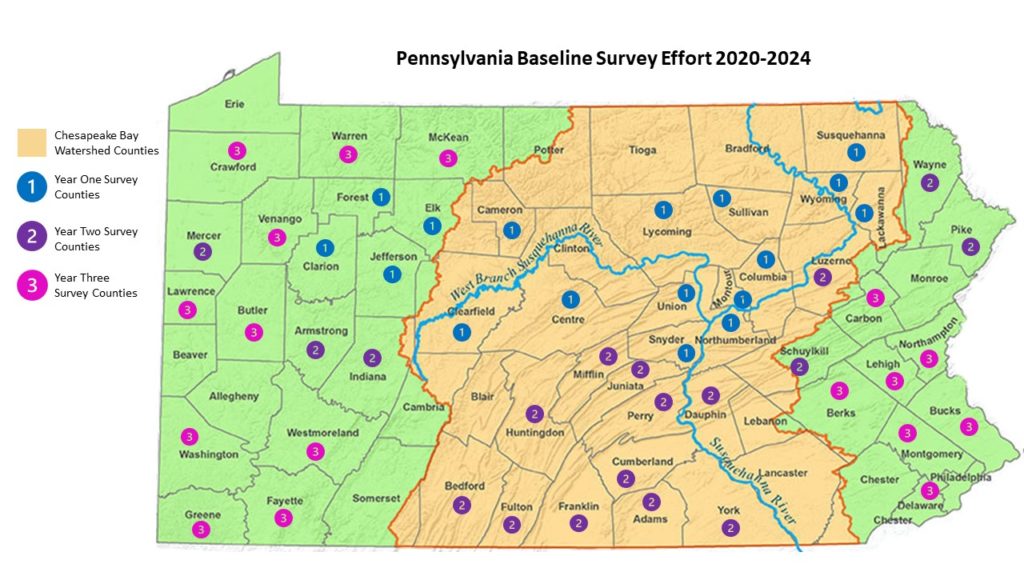
Staff also analyzed some property types that are underrepresented within PA SHPO records, including African American churches and cemeteries, ethnic communities, recreational properties, fraternal buildings, industrial resources, mid-20th century resources, and properties that represent a local vernacular.
There is much more information about this Baseline Survey effort in this post and on our website, where you can read the survey plan and methodology.
Many Bakers in the Survey Kitchen!
Another survey priority for this Baseline Survey effort are the older and historic places that are important to the local community. Local and regional stakeholders are important partners in this survey effort as they are most knowledgeable about the older and historic places in their communities. Locations gathered through feedback and suggestions from stakeholder engagement are provided to each contractor for as part of this effort.
As we begin Year 2 of this effort, we want to hear from local stakeholders and others about places in their communities using this link. If you live in one of these counties, or are knowledgeable about older and historic places there, please share your suggestions with us:
| Adams | Armstrong | Bedford | Cumberland | Dauphin | Franklin |
| Fulton | Huntingdon | Indiana | Juniata | Luzerne | Mercer |
| Mifflin | Perry | Pike | Schuylkill | Wayne | York |
Baseline survey is being completed in partnership with our network of historic preservation consultants. To date, we are grateful to have had the assistance of Johnson, Mirmiran & Thompson (JMT), The Markosky Engineering Group, A.D. Marble, Heberling Associates, and ASC Group in helping us establish this proactive program to document historic properties in Pennsylvania.
We are selecting survey contractors from PHMC’s Preservation Services ITQ. If you are a consultant interested in working with us on the Baseline Survey effort (or future projects), please let us know! You will need to pre-qualify for the Preservation Services ITQ. You can find information about that process here: https://pahistoricpreservation.com/shpo-itq-contract/.
Toothpick Test
Seventeen counties were included in Year 1, and this year’s work is scheduled to wrap up in January 2022. The counties were surveyed in groups by each contractor and PA SHPO staff are currently processing Year 1 data.
The early results are as rewarding as finding a six pence in the figgy pudding. Over 7,200 new records have been added to PA-SHARE in year 1! Here is a wee taste:
Lycoming County: 1,339 new resources were added to the inventory. This is an overall 18.4% increase. Fifteen resources were recommended for evaluation-level survey and two potential historic districts were identified.
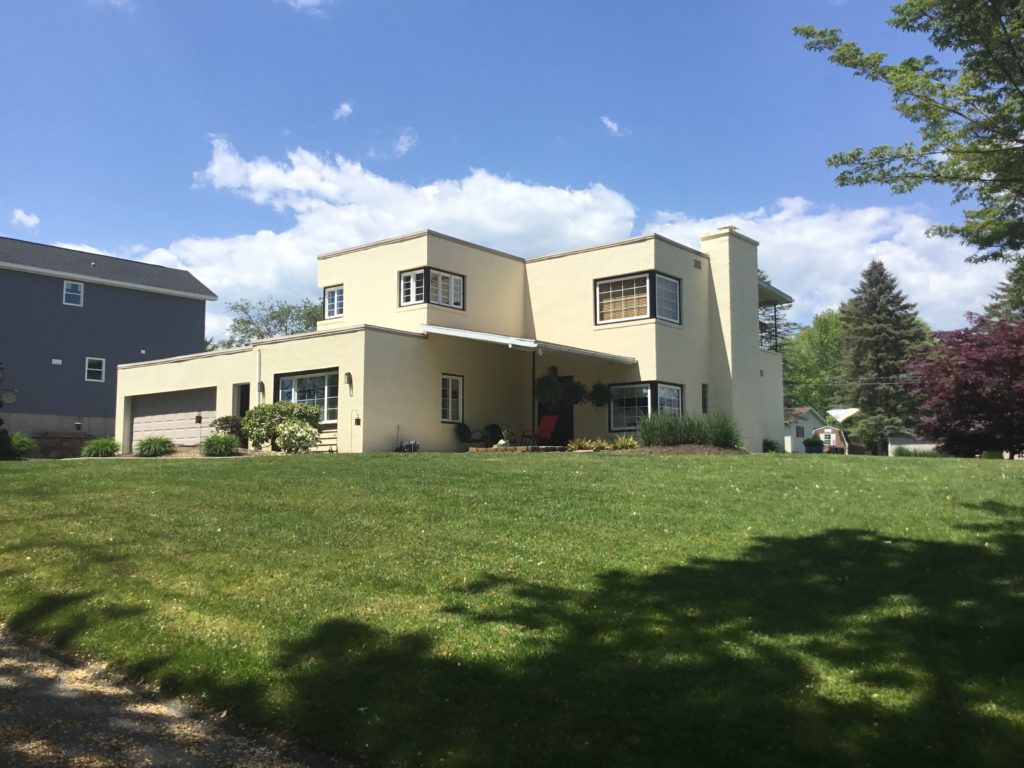
Survey contractors will prepare a final report for each county surveyed, which will include a table summarizing the survey results of priority resources surveyed like this one for Lycoming County:
| Survey Priority Category | # of Resources in PA Inventory Pre-Survey | # of Resources Surveyed | % Increase |
| # of resources in Inventory: | 7274 | 1339 | 18.4% |
| # African American churches: | 3 | 4 | 133.3% |
| # African American cemeteries: | 0 | 3 | 300% |
| # African American associated resources: | 8 | 211 | 2637.5% |
| # Other Racial/Ethnic associated resources: | 0 | 3 | 300% |
| # of Recreational Properties: | 1 | 84 | 8400% |
| # of Urban Redevelopment Projects: | 0 | 0 | 0% |
| # of Fraternal Buildings: | 0 | 4 | 400% |
| # Mid-20th Century – Commercial: | 3 | 7 | 233.3% |
| # Mid-20th Century – Residential: | Unknown | 767 | Unknown |
| # Industrial: | 17 | 58 | 341.2% |
| # Local Vernacular – Commercial: | Unknown | 15 | Unknown |
| # Local Vernacular – Residential: | Unknown | 145 | Unknown |
Sullivan County: 209 new resources were added to the inventory. This is an 114.2% increase. Six resources recommended for evaluation-level survey.
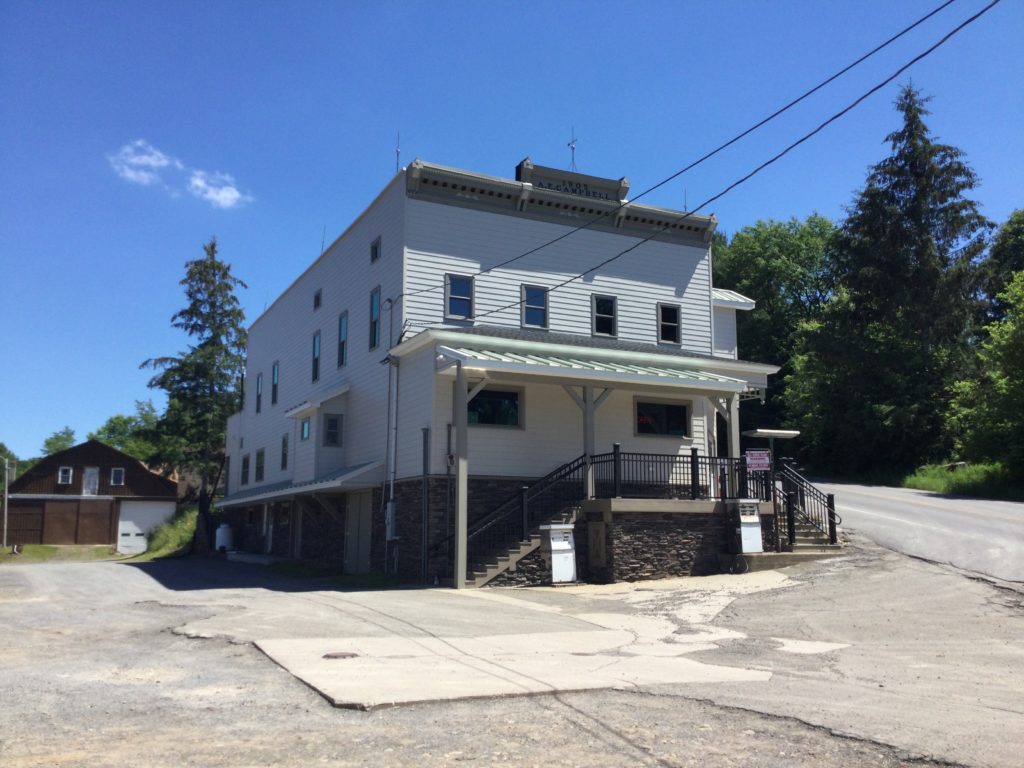
Lackawanna, Susquehanna, and Wyoming Counties: 2,452 new resources were added to the combined counties of Lackawanna, Susquehanna, and Wyoming.
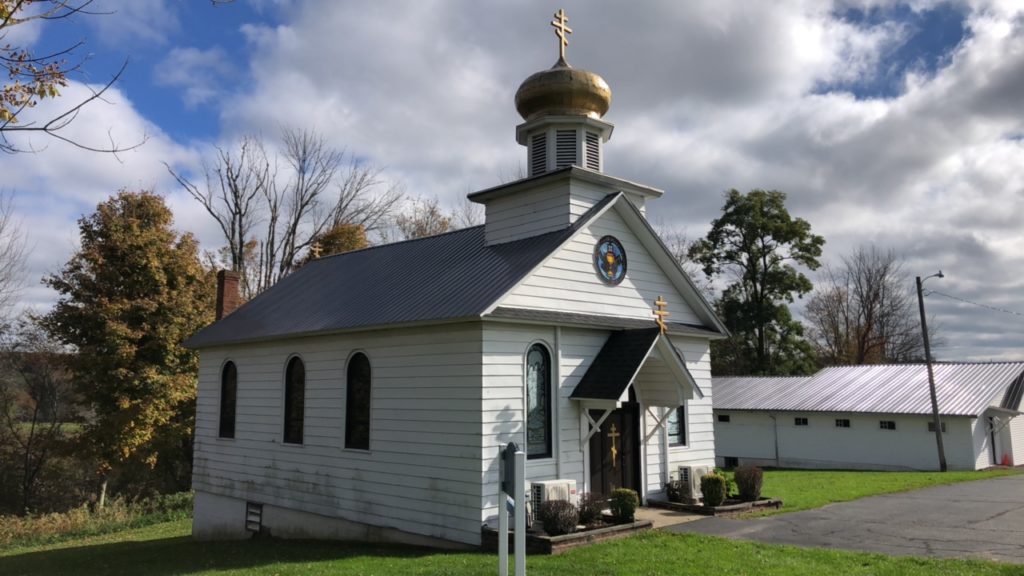
St. John the Baptist Russian Orthodox Church, Clifford Twp, Susquehanna County. Photo by Markosky Engineering Group, October 2021. 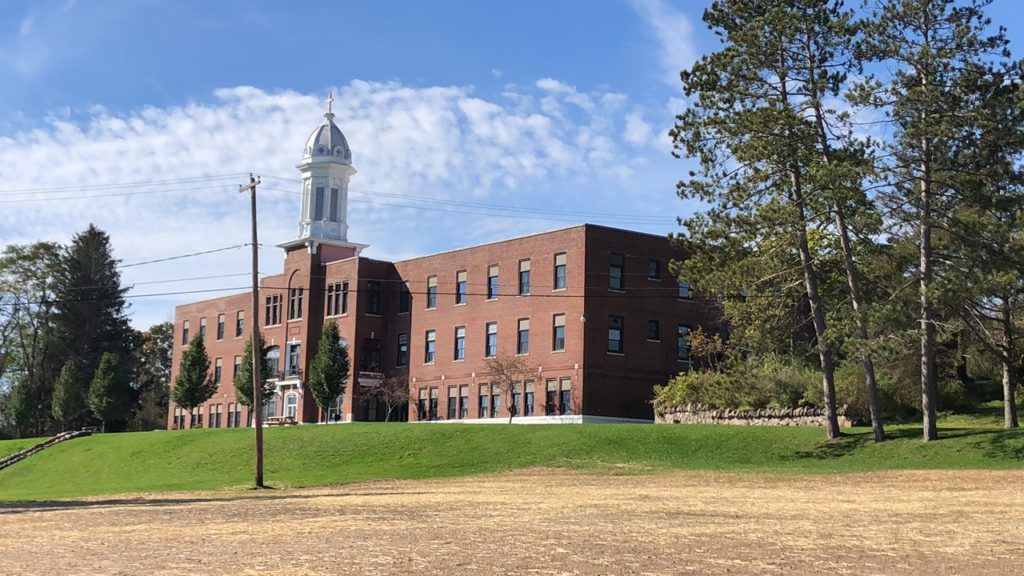
St. Nicholas Greek Catholic Orphanage and Gregory the Great Academy, Elmhurst Twp, Lackawanna County. Photo by Markosky Engineering Group, October 2021. 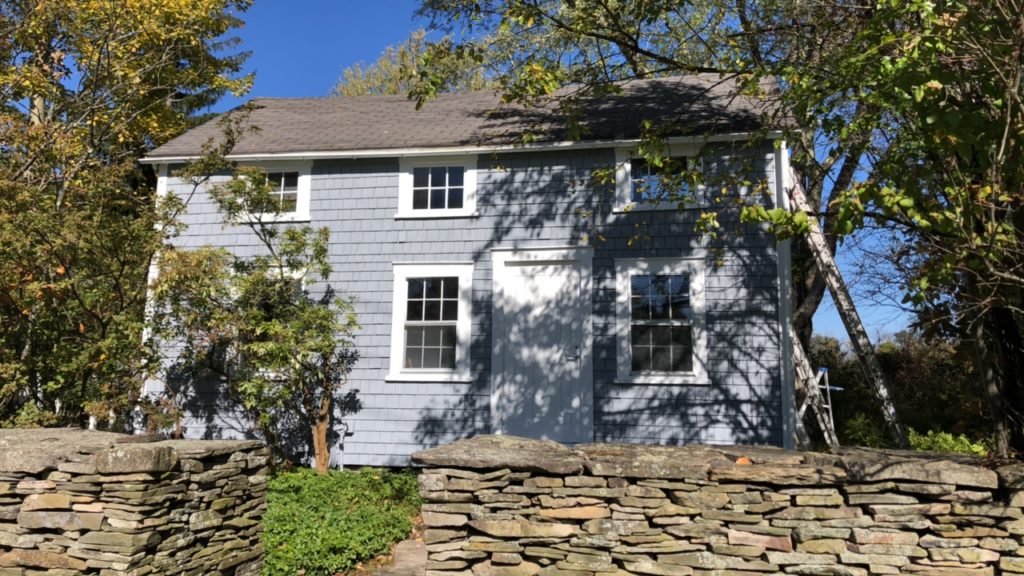
Waverly African Methodist Episcopal Church, Waverly Twp, Lackawanna County. Photo by Markosky Engineering Group, October 2021. 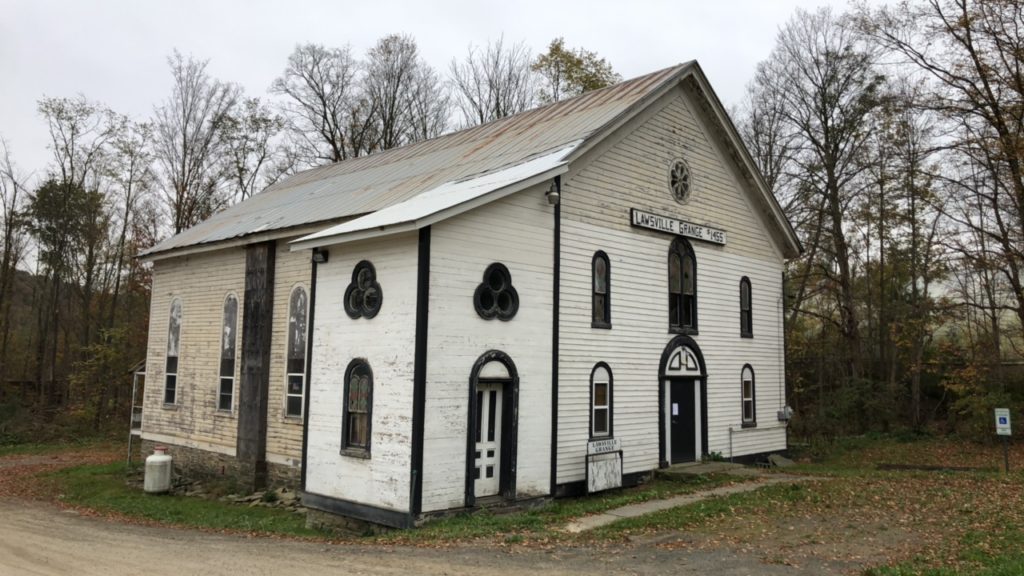
Lawsville Grange No. 1455, Lawsville Center, Susquehanna County. Photo by Markosky Engineering Group, October 2021. 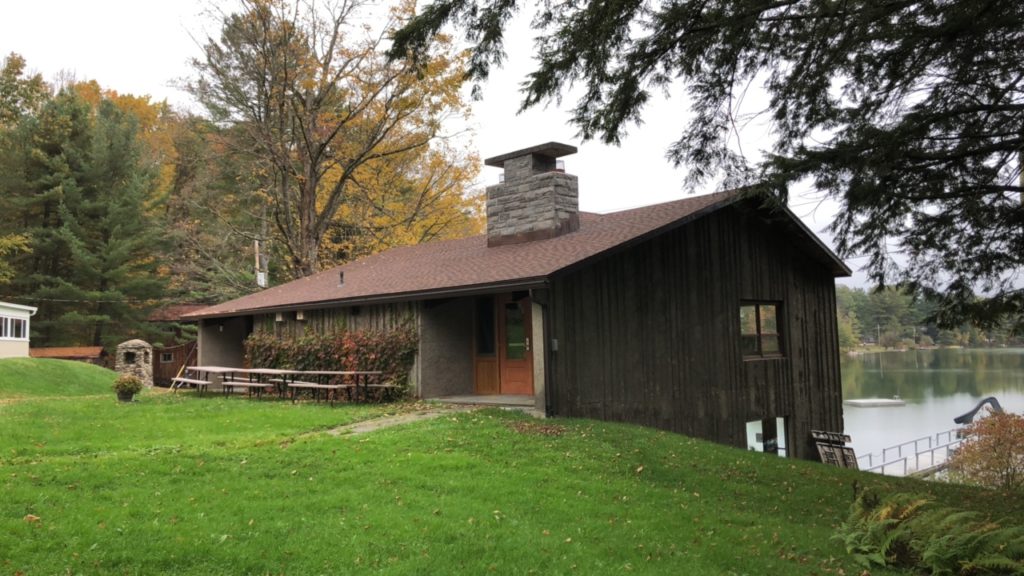
Oteyokwa Lake House, Oteyokwa Lake, Susquehanna County. Photo by Markosky Engineering Group, October 2021.
Centre, Union, and Clearfield Counties: 1,213 new resources were added to the combined counties of Centre, Union, and Clearfield.
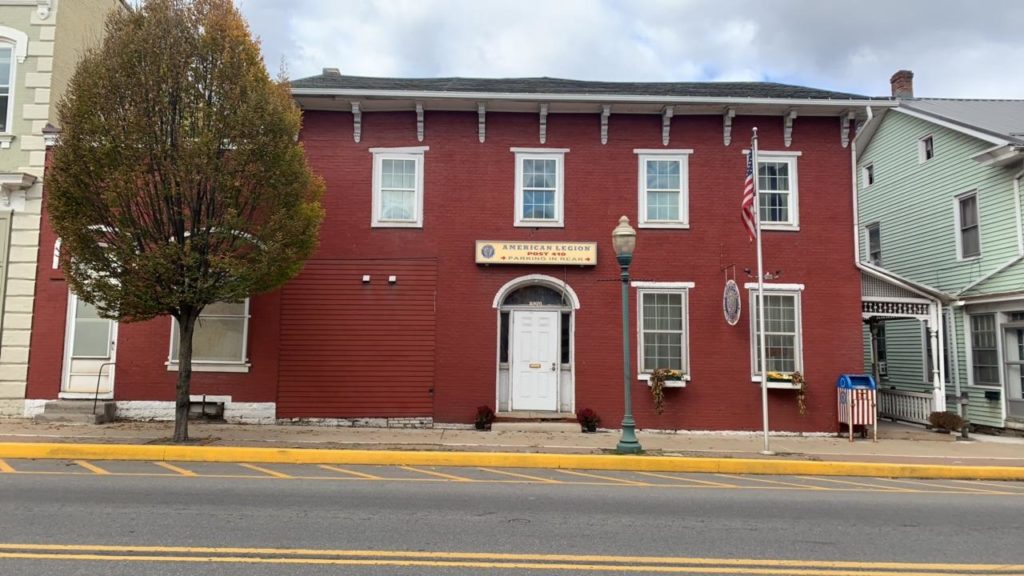
American Legion Post 410, Mifflinburg Borough, Union County. Photo by A.D. Marble, November 2021. 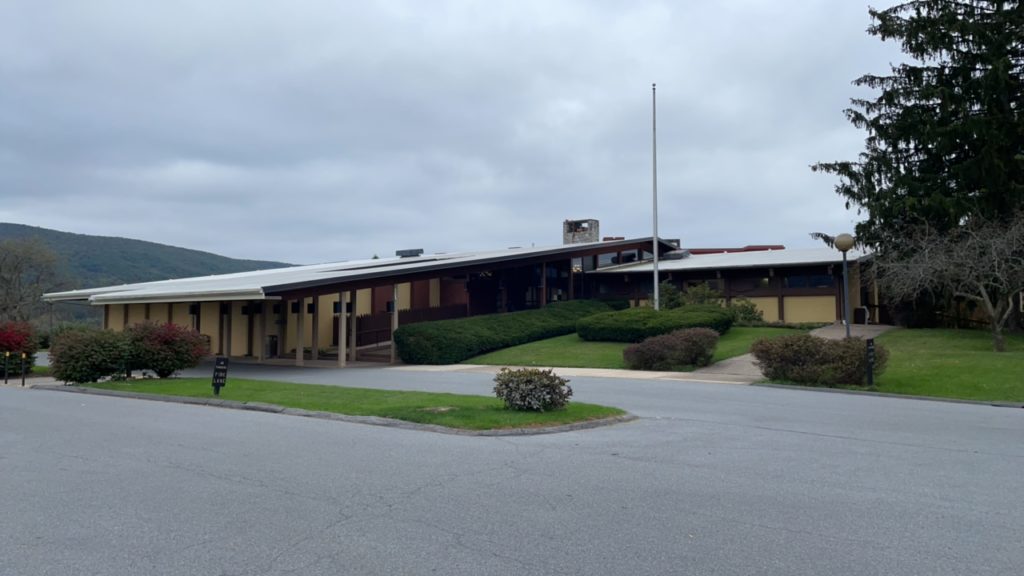
Elks Club Boalsburg, Boalsburg Borough, Centre County. Photo by A.D. Marble, October 2021. 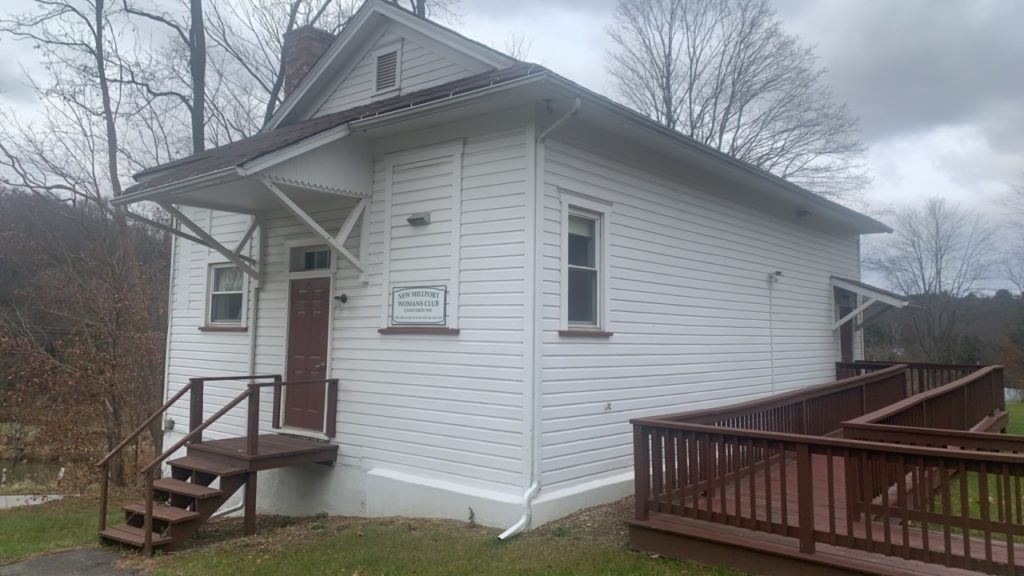
New Millport Woman’s Club, Knox Township, Clearfield County. A.D. Marble, December 2021. 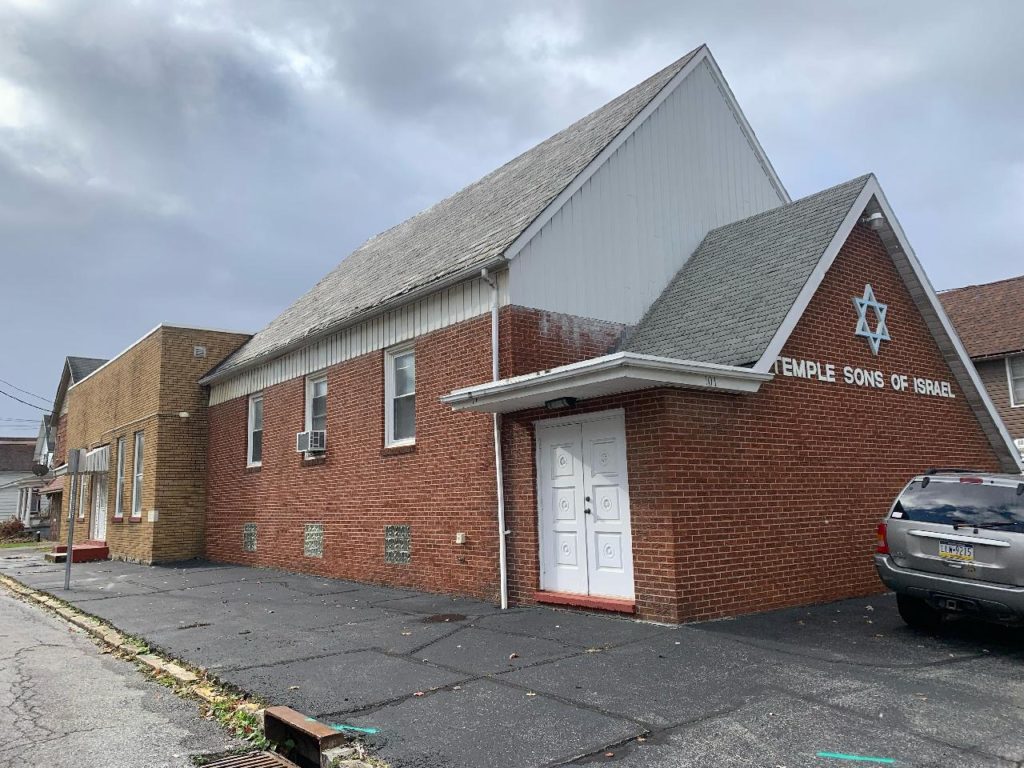
Sons of Israel Synagogue, DuBois Borough, Clearfield County. Photo by A.D. Marble, 2021.
Columbia, Montour, Northumberland, and Snyder Counties: 766 new resources were added to the combined counties of Columbia, Montour, Northumberland, and Snyder.
- In Columbia County, three resources recommended for evaluation-level survey and two potential historic districts were identified.
- In Northumberland County, documentation outcomes included one African American church, two African American cemeteries, nine African American associated resources, and one other ethnic associated resource.
- In Snyder County, forty-seven recreational properties were documented. Prior to baseline survey, only two recreational resources in Snyder County were recorded in PA-SHARE. Another eight resources have been recommended for evaluation-level survey.
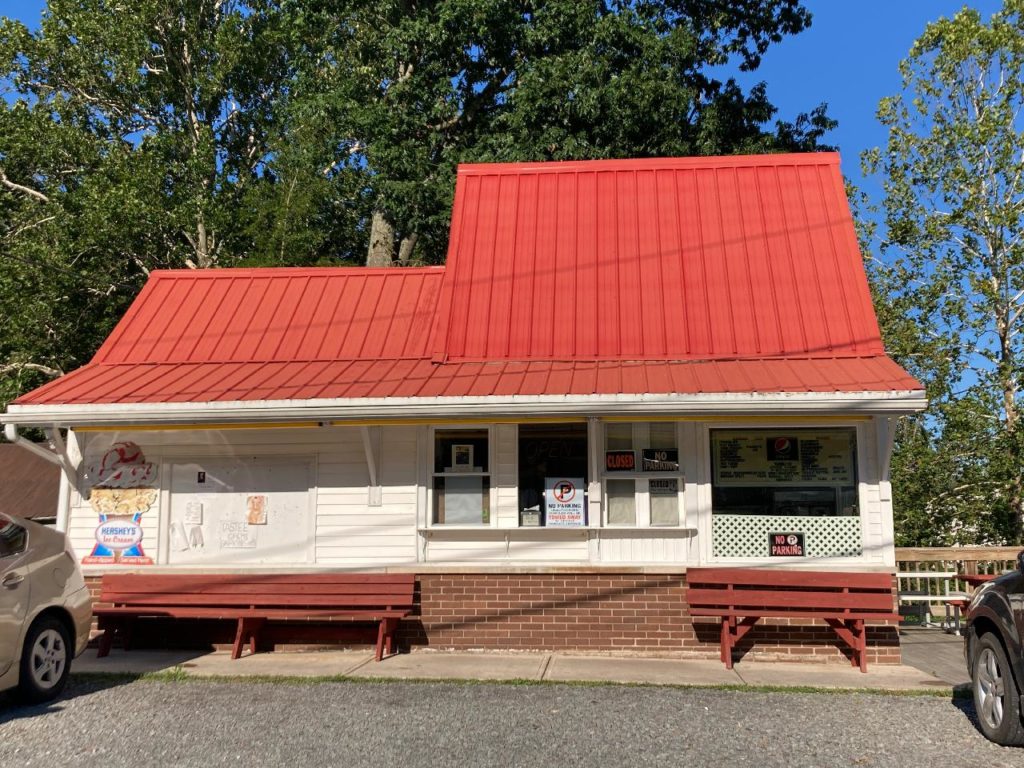
Fritz’s Tastee Creme, Benton, Columbia County. Photo by ASC Group, September 2021. 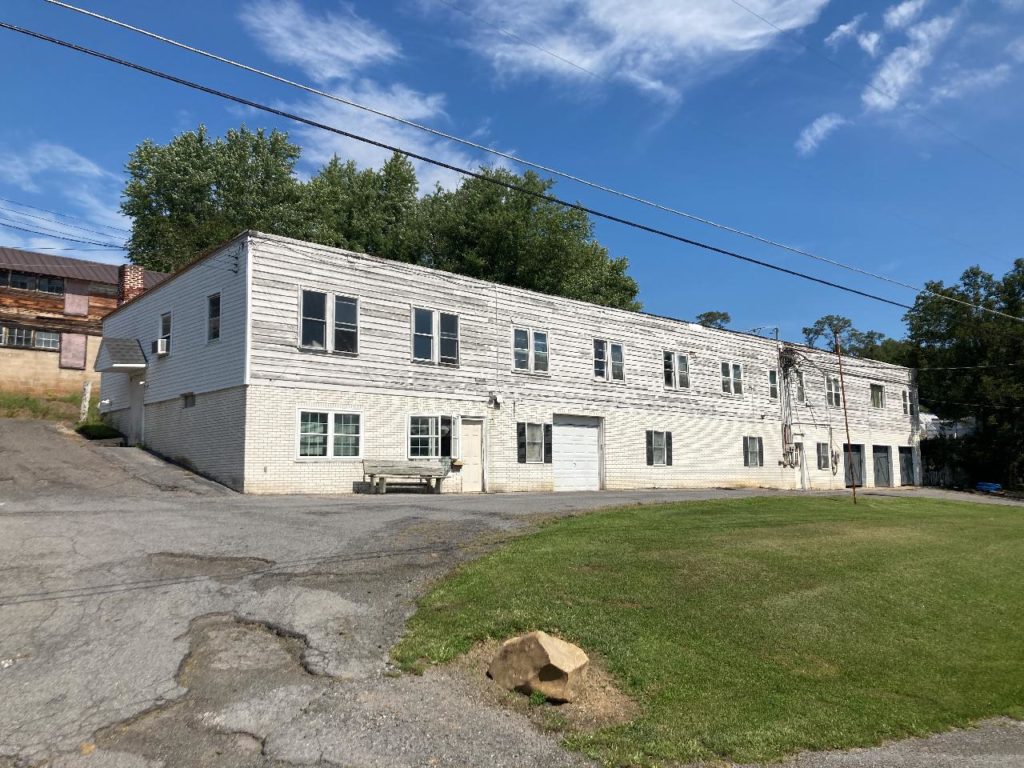
Garman’s Hatchery Laborer Housing, Sunbury, Northumberland County. Photo by ASC Group, September 2021. 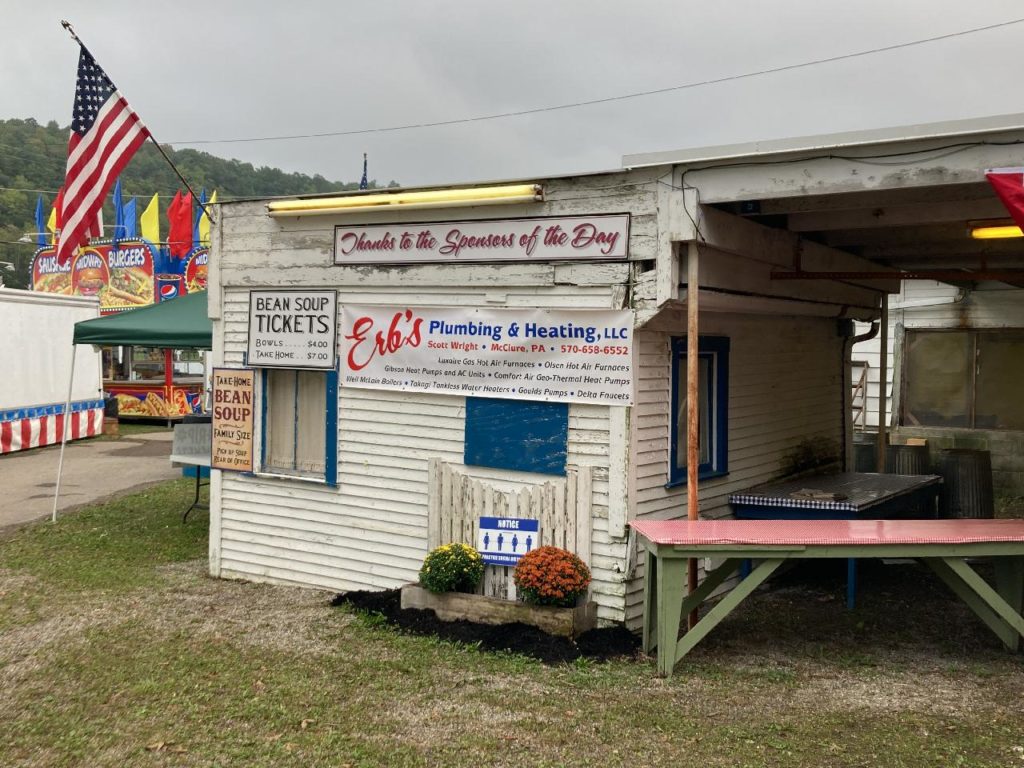
McClure Bean Soup Festival Grounds, Office and Soup Sales, McClure Borough, Snyder County. Photo by ASC Group, September 2021. 
Selinsgrove Speedway, Selinsgrove, Snyder County. Photo by ASC Group, September 2021.
Cameron, Clarion, Elk, Forest, and Jefferson Counties: 1,232 new resources were added to the combined counties of Cameron, Clarion, Elk, Forest, and Jefferson. In the region, nine potential historic districts were identified and eighteen resources have been recommended for evaluation-level survey.

Armstrong Brick Block Building, Johnsonburg Borough, Elk County. Photo by Heberling Associates, November 2021. 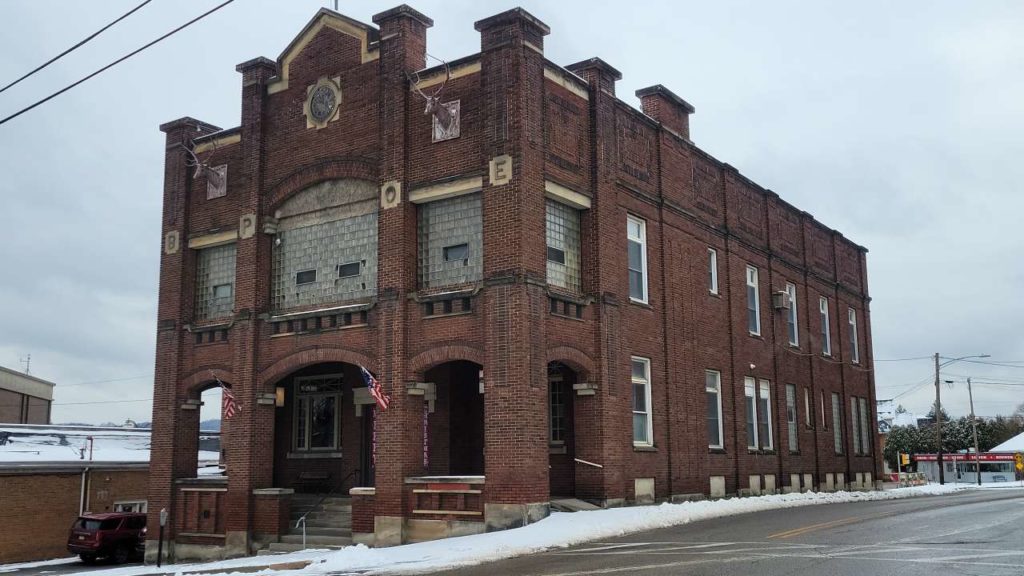
St Marys Elks BPOE 437, St Marys Borough, Elk County. Photo by Heberling Associates, November 2021. 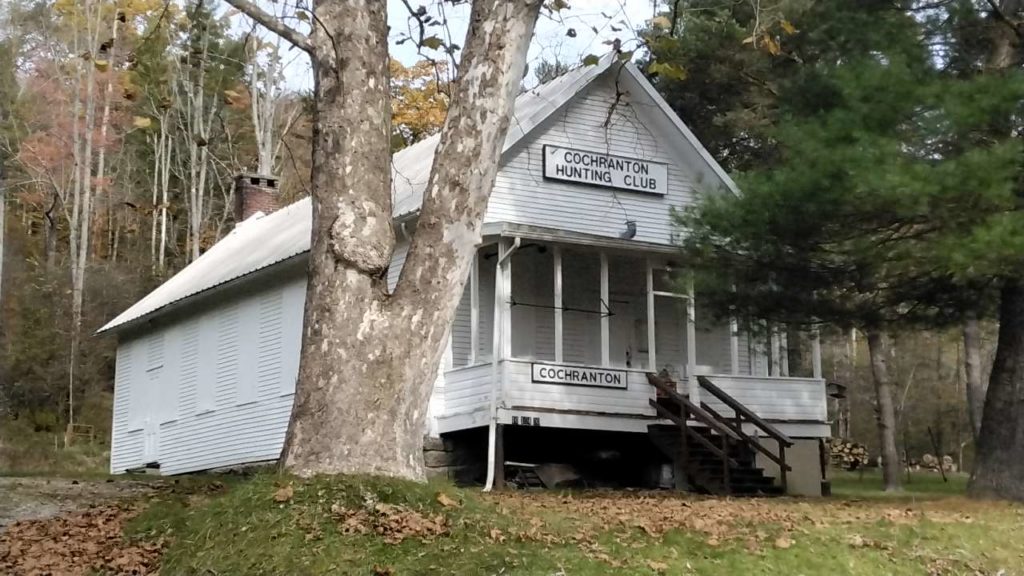
Cochranton Hunting Club, Howe Twp, Forest County. Photo by Heberling Associates, October 2021.
Tweaking the Recipe
We are learning quite a lot and know that there is much yet to do.
We discovered that many of the resources and property types we identified through the survey priorities have been lost to neglect or demolition. As a result, we revised the methodology for Year 2 to include surficial archaeological evidence related to above-ground Group 1 and select Group 2 survey priorities during Year 2 and Year 3. If you’re curious about what that looks like, take a look at our Plan for Baseline Survey in Pennsylvania, 2020-2024.
The survey results so far have also shown (or verified) that some Pennsylvania counties historically had small African American communities, and decennial census data cannot be solely relied on to determine if one or more ethnic communities may have been in the county historically. Places associated with Pennsylvania’s racial and ethnic resources have been the most challenging to identify. Stakeholder input and consulting other sources are essential to expand upon or verify census data.
If you’re curious about historic census data for Pennsylvania’s Year 1 counties, you can review the summaries on our website. Year 2 counties will be added over the next few months.
We’re Not Done Yet
Many Pennsylvania stories have yet to be told. Local and regional histories are yet to be discovered and statewide themes further investigated. Over 1,100 municipalities are being prioritized for baseline survey. To date, almost 100 resources and three dozen historic districts have been recommended for further research and evaluation-level documentation.
We’ll continue to provide updates on this Baseline Survey effort throughout the year. Year 2, which is scheduled to be completed by July 2022, includes another eighteen counties with the goal of adding over 7,000 new resources and points on the PA-SHARE map. We will then launch into Year 3!
We set a target of adding 25,000 new resources to the Pennsylvania Historic Places Inventory by the end of this three-year effort. We are well on our way to reaching that goal and I, for one, can’t wait to see what our survey contractors uncover next.
Wising you all a fulfilling holiday season and healthy new year!
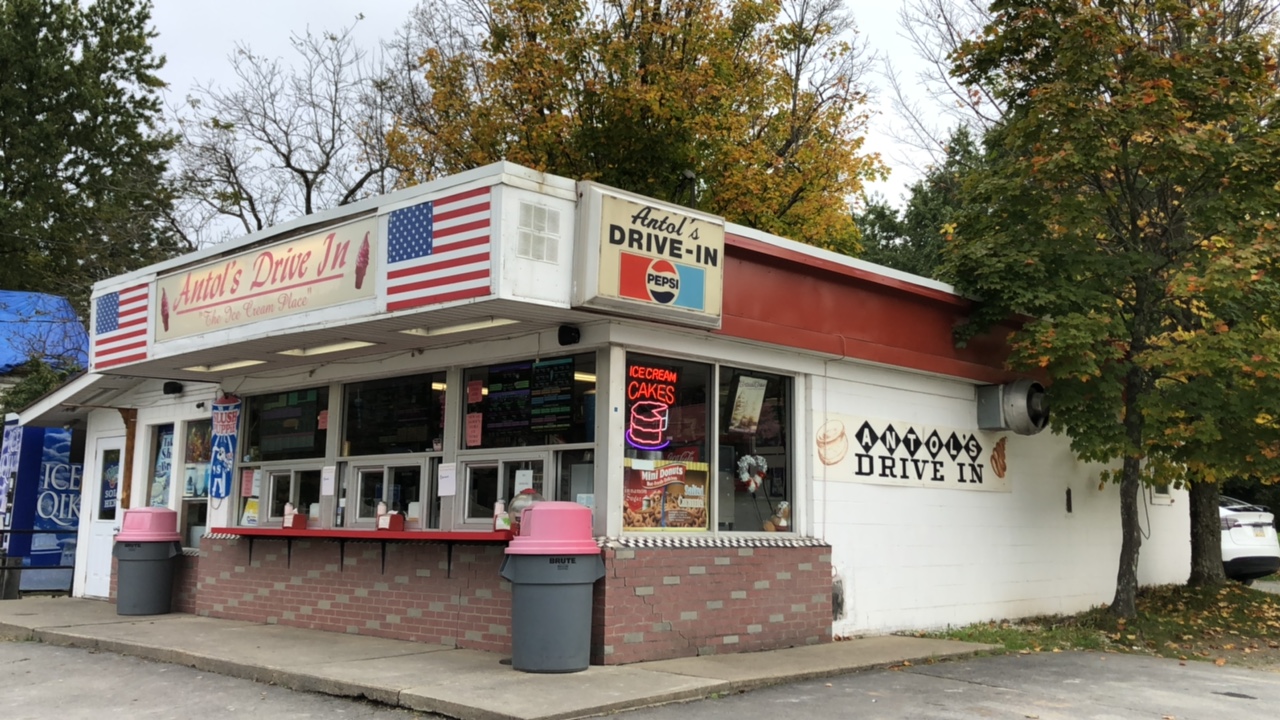
Leave a Reply